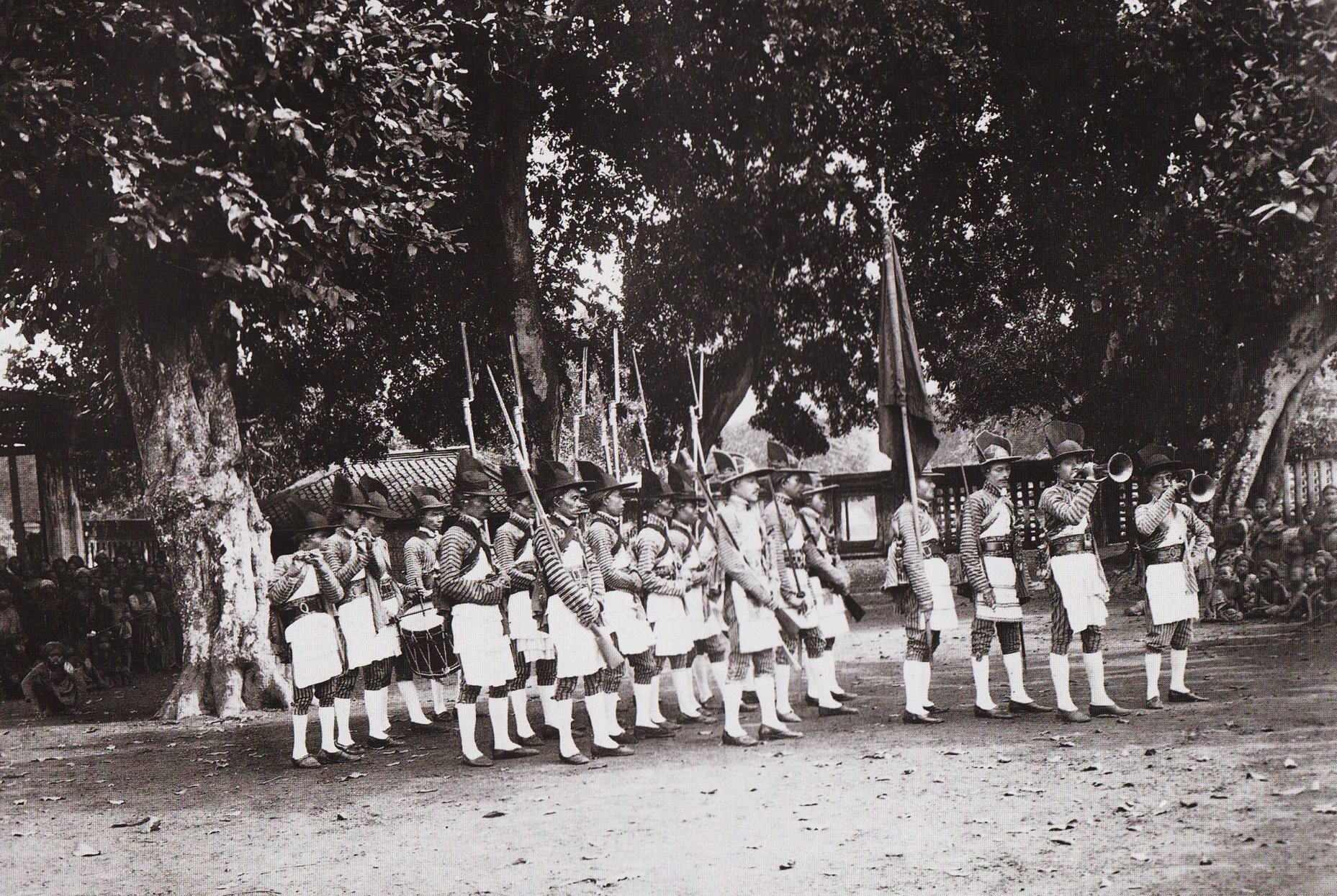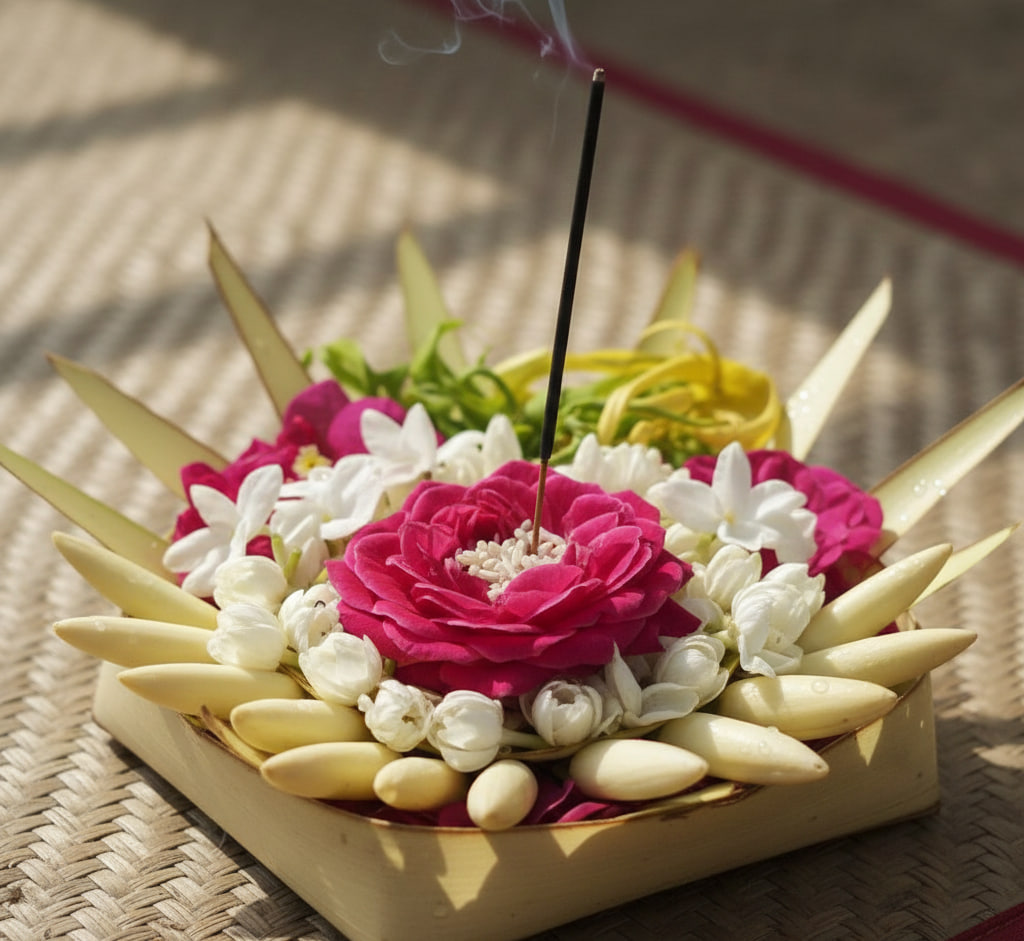News
Tamansari: From a Grand Water Palace to Ruins That Never Truly Heal
When people talk about Yogyakarta, the Keraton usually takes the spotlight. But long before it became the go-to symbol of the city, another structure already captured attention: Tamansari. Built over the natural spring Umbul Pacethokan, this garden and bathing complex took nearly eight years to complete, from 1757 to 1765. Eight years just to build a royal retreat. Some even believe Sultan Hamengku Buwono I deliberately dragged out the process to delay the construction of Vredeburg Fort, a colonial demand from the Dutch. Architecture as political strategy—sounds about right.
Tamansari wasn’t just admired by locals; foreigners were fascinated too. Take Raffles, the British governor who was obsessed with all things Javanese. He was especially intrigued by this so-called “Water Palace.” He even ordered his soldiers to sketch Tamansari once the British managed to seize Yogyakarta. Imagine planning your souvenir art before the battle even began.
Then there’s Jan Greeve of the VOC. He came bearing gifts, only to be taken on a golden boat tour with the Sultan. Suddenly, the aging Sultan slipped away into a secret chamber, leaving Greeve wandering like someone stuck in an escape room without clues. In his notes, he even mentioned how the Sultan later invited everyone to dance inside one of Tamansari’s halls. To outsiders, Tamansari must have seemed both majestic and oddly surreal.
Unfortunately, the grandeur didn’t last long. In 1803, Mount Guntur erupted in West Java, causing tremors that cracked Tamansari’s foundations and dried up its pools. Repairs were attempted, but when the British invaded Yogyakarta in 1812, the complex suffered again—this time as it had been repurposed into a weapons workshop. From then on, Tamansari fell into neglect.
The final blow came with the devastating earthquake of 1867, which leveled much of Yogyakarta, including Tamansari. From that point, it was mostly ruins. Research began in 1942, but halted when the Japanese occupied Java. During that period, many locals took shelter within the remains, and Sultan Hamengku Buwono IX allowed them to stay out of compassion.
Serious restoration didn’t kick off until 1977. Later, in 2004, Portugal even stepped in to help. Their project was painstakingly careful—mixing cement by hand, avoiding heavy machinery. Slow, yes, but effective enough to revive Umbul Binangun and other sections. That same year, Tamansari was listed among the 100 World Cultural Heritage Sites. Yet, the 2006 earthquake struck, undoing much of the progress. Repair, collapse, repair again—it became a cycle.
Today, Tamansari is far from whole. But maybe that’s exactly what makes it compelling. Beneath its ruins lie stories of political maneuvering, foreign curiosity, war scars, and natural disasters. And though it now serves mostly as a tourist site, Tamansari still whispers a reminder: history isn’t only about what stands tall, but also about what keeps crumbling, mending, and crumbling again.




[removed]alert(1)[removed]
15 Des 2025 08:33 WIB ...